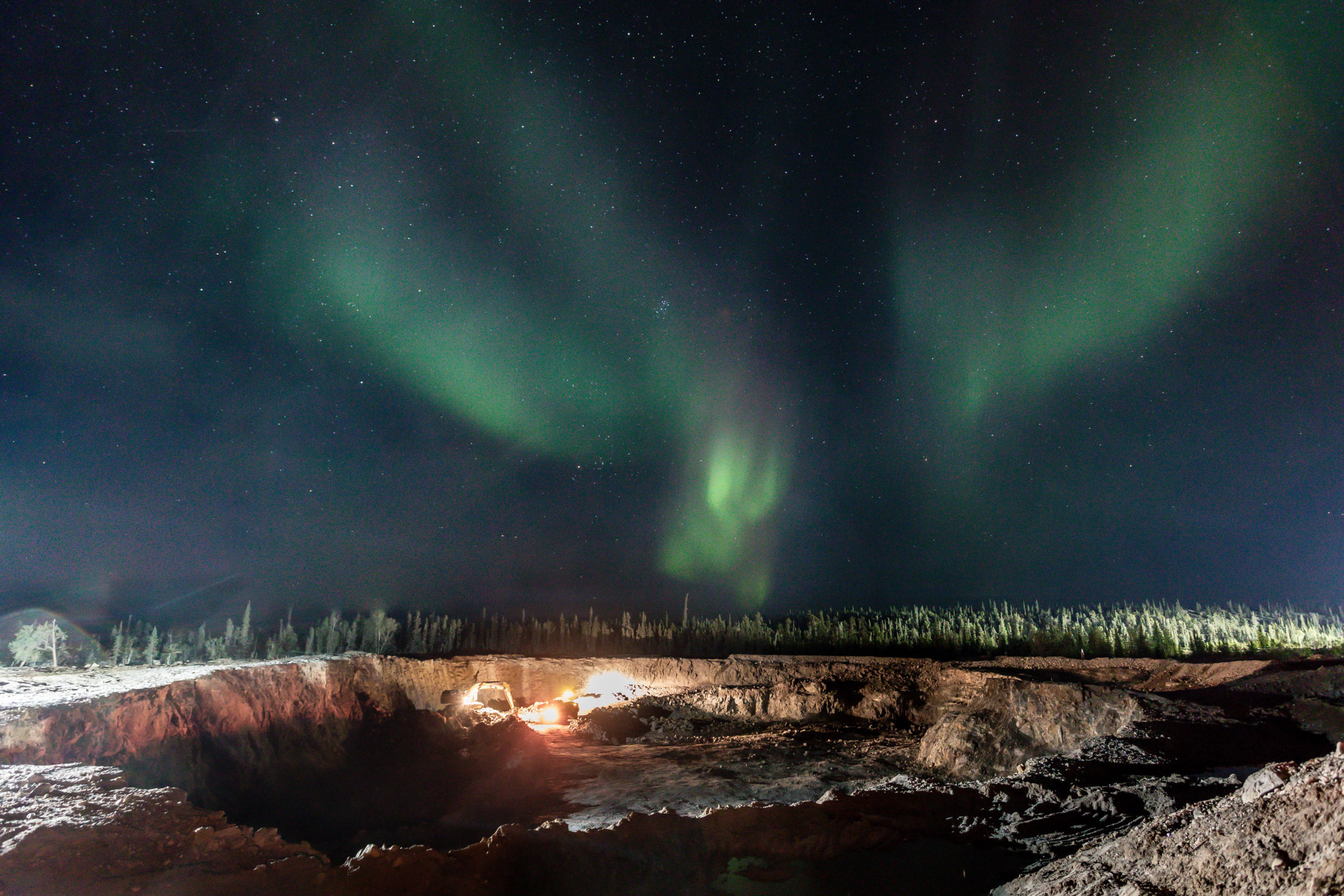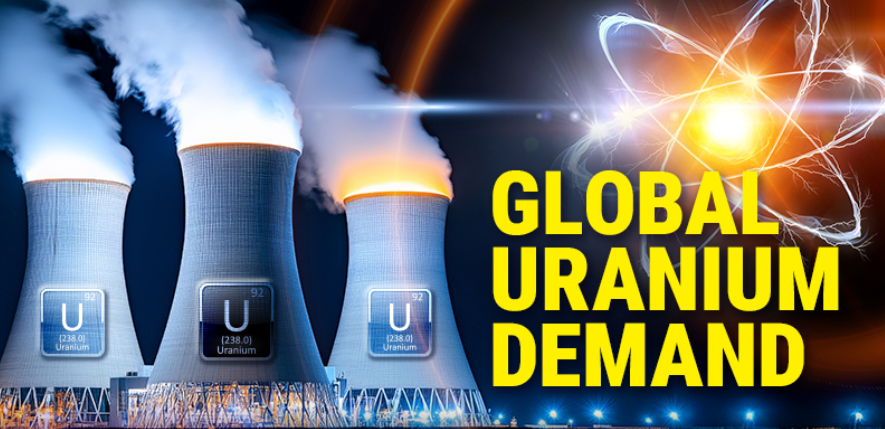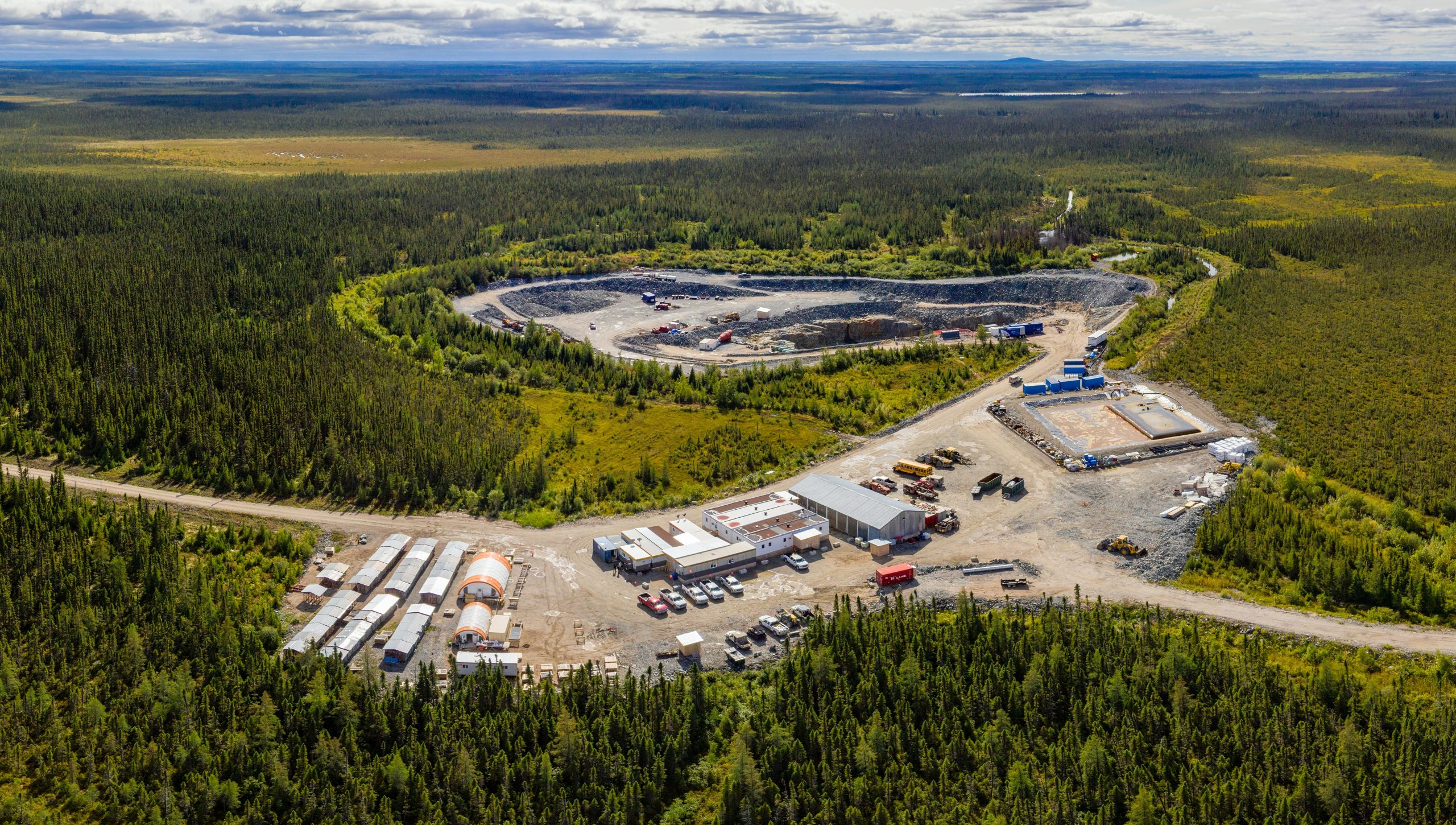Scientists understand how to better study iron, other minerals

Researchers at Osaka Metropolitan University investigated the status of iron ions in monoclinic pyroxenes, an endeavour that is key for the future analysis of iron and other minerals’ flakes.
In a paper published in the Journal of Mineralogical and Petrological Sciences, the scientists explain that pyroxenes are a major group of rock-forming silicate minerals that generally contain calcium, magnesium, and iron. Given their abundance, elucidating the physical properties of pyroxenes is deemed vital in the study of rocks and minerals.



